So you think you know Portuguese culture? Well, today, we want to see how well you actually know it by asking you “Which Came First?” For each pair of five different famous Portuguese parts of Portuguese culture, you need to tell us “Which Came First.” Are you ready to test your knowledge of Portuguese culture? Then, let’s begin!
1. Lisbon vs. Porto
Lisbon
Lisbon is Portugal’s capital and largest city. Its history stretches back thousands of years to prehistoric settlements and later to the Phoenicians, Greeks, and Romans. Under Moorish rule, Lisbon grew into a bustling port city, and after the Christian reconquest in the 12th century, it became a key center during Portugal’s Age of Discovery. Today, it’s the political, economic, and cultural heart of the nation.
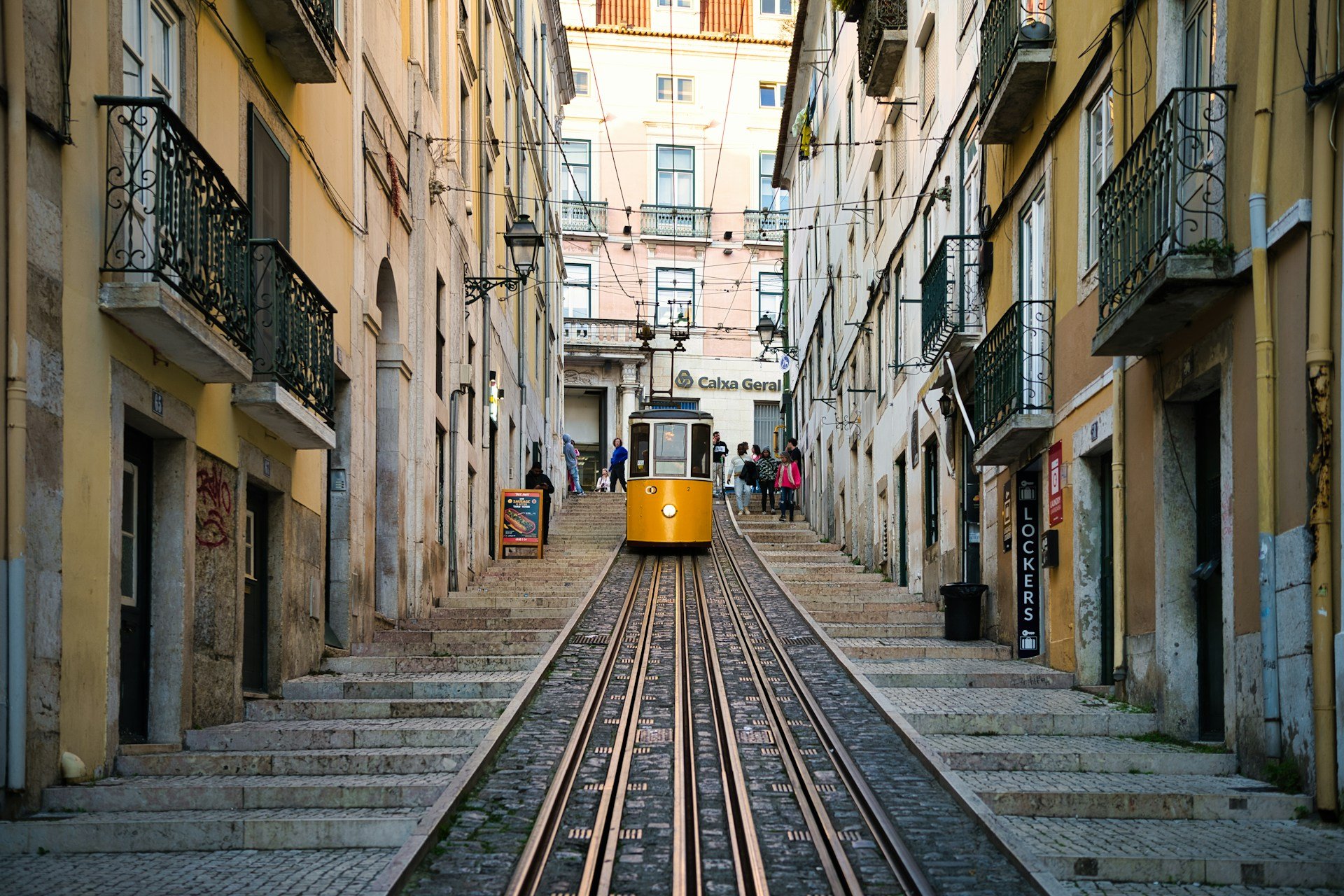
Porto
Porto, the northern city along the Douro River, is often called the soul of Portugal. It was first conquered in the year 868. The Romans named it Portus Cale, a name that eventually evolved into “Portugal.” Through the centuries, Porto became a major commercial hub. It is especially famous for its Port wine production, and its old town and riverside views are among the most scenic in Europe.

Which Came First?
Answer – It’s complicated.
Porto’s Roman roots as Portus Cale make it older as an organized settlement. Lisbon also has deep ancient origins, but it rose to prominence later as a major capital. In fact, the name “Portugal” itself comes from Porto’s original Roman name. If we’re talking about continuous existence as an urban settlement and official municipal status, Porto came first as a Roman-founded settlement.
However, if we’re talking about human habitation and ancient origins, Lisbon is older. It has been inhabited for over 3,000 years, and it is the oldest capital city in Western Europe. So if you guessed Lisbon or Porto, you got it right!
2. 25 de Abril Bridge vs. Vasco da Gama Bridge
25 de Abril Bridge
The striking red suspension bridge that links Lisbon to Almada opened on August 6, 1966. Originally named the Salazar Bridge after Portugal’s dictator, it was renamed after the Carnation Revolution of April 25, 1974. The bridge carries both road and rail traffic and remains one of Portugal’s most recognizable landmarks.
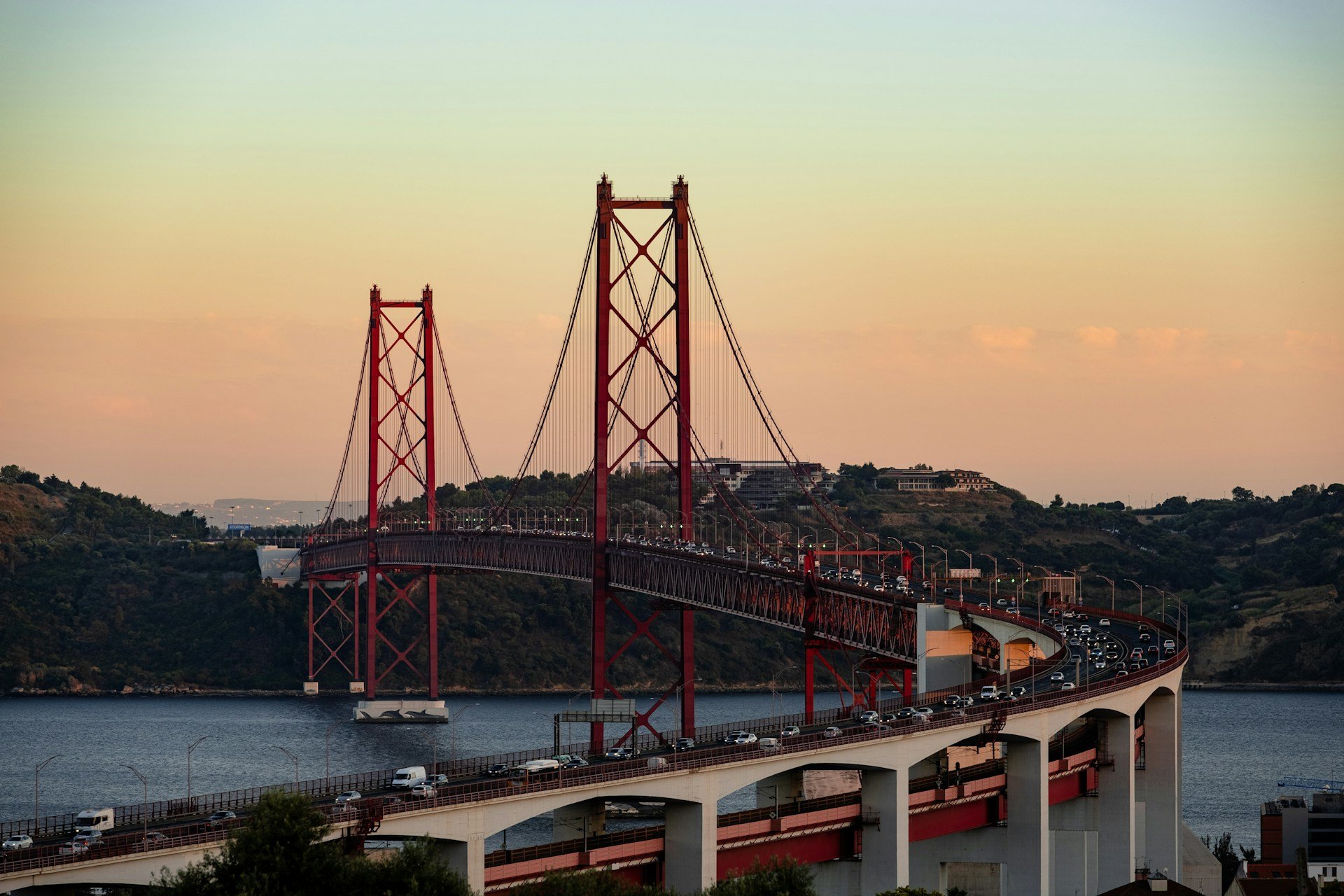
Vasco da Gama Bridge
Built three decades later, the Vasco da Gama Bridge was inaugurated on March 29, 1998, just in time for Lisbon’s Expo ’98. Named after the famous explorer, it was designed to ease congestion on the older bridge and to symbolize Portugal’s modern era of expansion and engineering. At over ten miles long, it is one of Europe’s longest bridges!

Which Came First?
Answer – The 25 de Abril Bridge came first.
The 25 de Abril Bridge opened in 1966, long before the Vasco da Gama Bridge was built. Its design resembles the Golden Gate Bridge in San Francisco, and it quickly became a Lisbon icon. The Vasco da Gama Bridge, opened in 1998, represented a new chapter for a growing, modern Lisbon.
3. Super Bock vs. Sagres
Super Bock
Super Bock was launched in 1927 by a brewery in Porto. It soon became one of Portugal’s most popular beers and has won multiple international awards. Known for its smooth taste and iconic red label, Super Bock has long been a favorite across the country and is especially popular in the north.
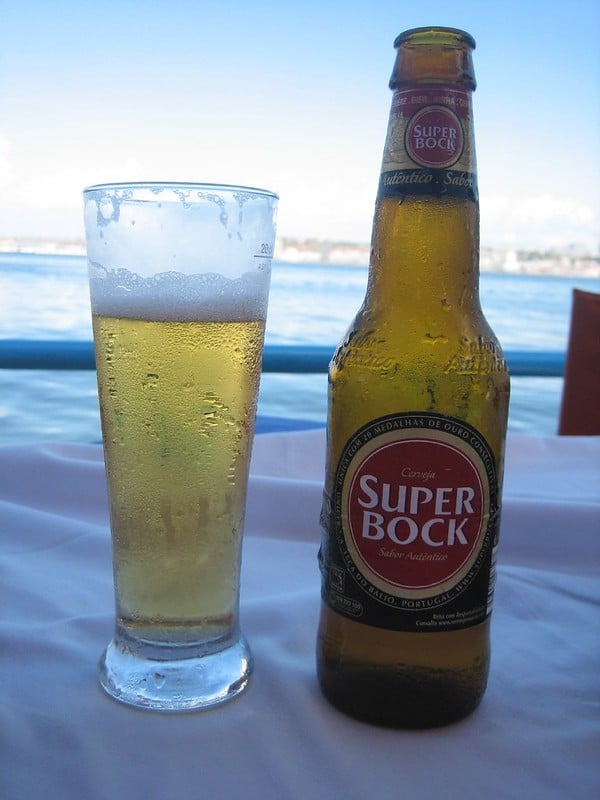
Sagres
Sagres was created in 1940 by Sociedade Central de Cervejas to represent Portugal at the Portuguese World Exhibition. Its name honors the town of Sagres in the Algarve and is associated with Prince Henry the Navigator and Portugal’s Age of Discovery. Over time, it became the dominant beer in southern Portugal, especially around Lisbon.
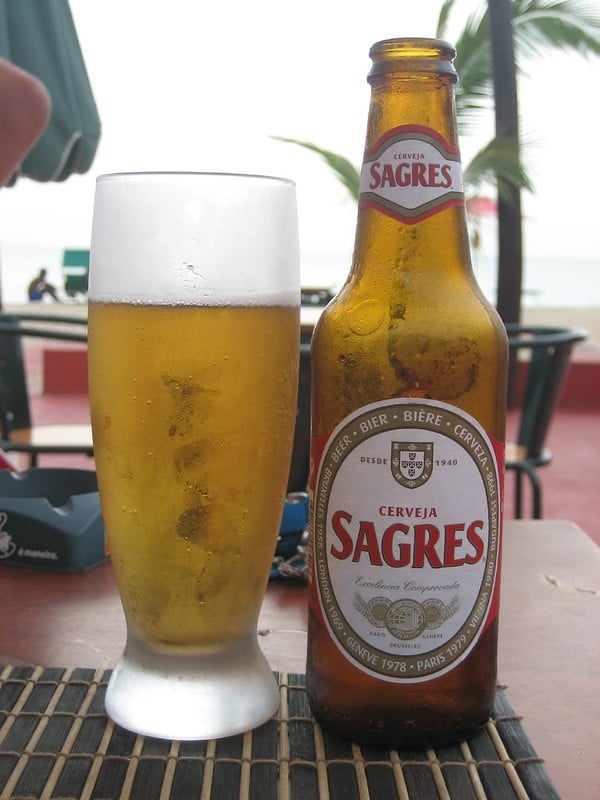
Which Came First?
Answer – Super Bock came first.
Super Bock debuted in 1927, more than a decade before Sagres appeared in 1940. Both brands now divide Portugal along friendly north-south lines, with Super Bock reigning supreme in Porto and Sagres dominating in Lisbon and the Algarve. So, if you guessed Super Bock, you deserve a toast!
4. Benfica vs. Sporting
Benfica
Sport Lisboa e Benfica, known simply as Benfica, was founded on February 28, 1904. Originally called Sport Lisboa, it merged with another club soon after to form the Benfica we know today. It is one of Portugal’s most successful football teams, won dozens of national championships, and has a passionate fan base worldwide.
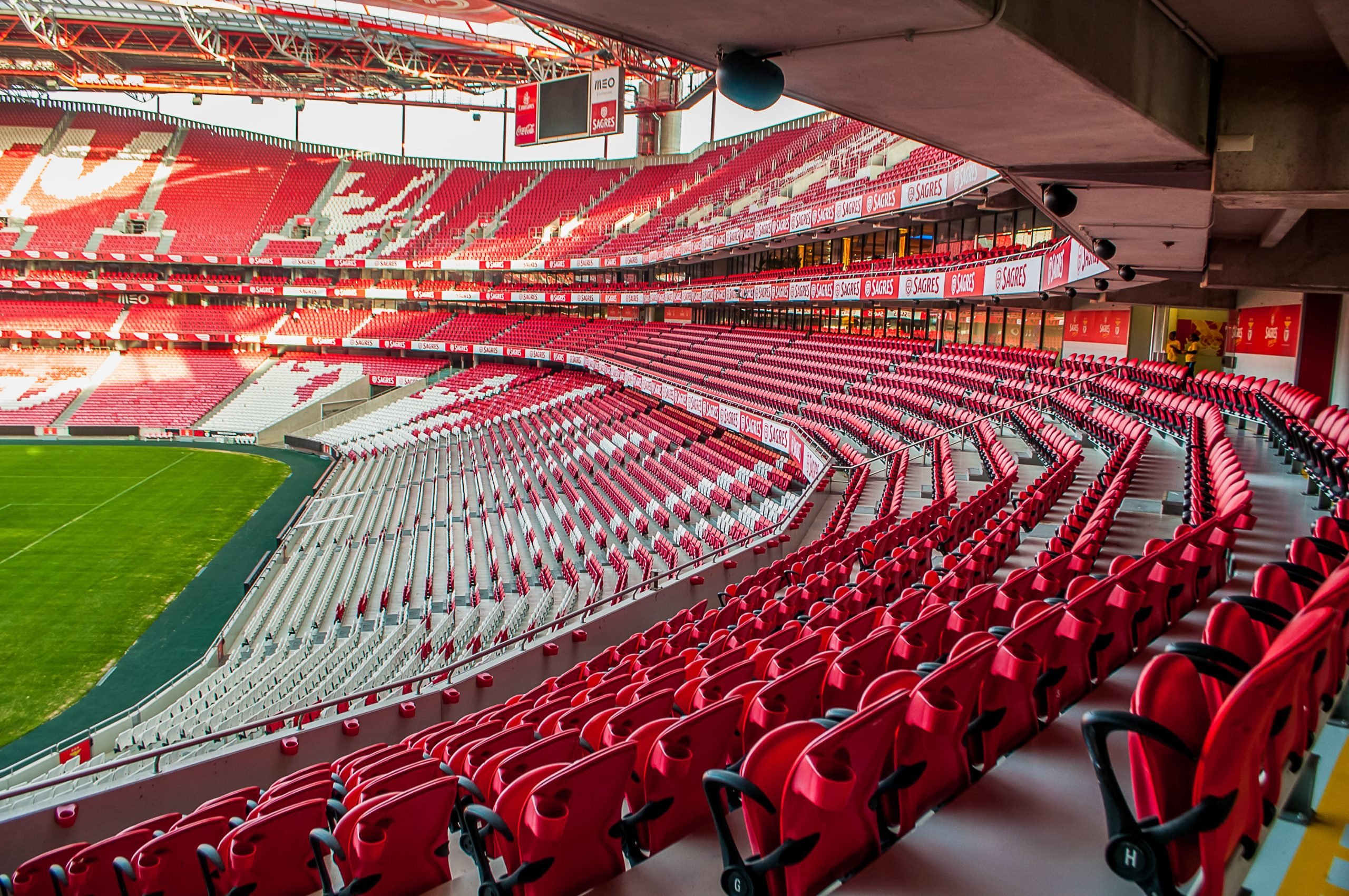
Sporting
Sporting Clube de Portugal, often known as Sporting, was founded on July 1, 1906. It became famous for excellence in multiple sports including soccer to athletics and handball. Its youth academy has produced some of Portugal’s best-known athletes including Cristiano Ronaldo.

Which Came First?
Answer – Benfica came first.
Benfica’s founding in 1904 makes it two years older than Sporting. The rivalry between the two Lisbon clubs is one of the most intense in European football. It divides neighborhoods, families, and workplaces every season. Benfica and Sporting both represent the pride and passion of Portuguese sport, but in this contest, Benfica wins by a little over two years.
5. Pastel de Nata vs. Francesinha
Pastel de Nata
This delicious custard tart is Portugal’s most famous pastry (of course!). Its dates back to the monks at the Jerónimos Monastery in Belém, who began making the creamy tarts before the 18th century. When the monasteries closed in 1834, the monks sold the recipe, and in 1837 the first Pastéis de Belém bakery opened its doors. The flaky crust and caramelized top are now loved around the world.

Francesinha
The Francesinha is a hearty sandwich from Porto created in the 1950s by a Portuguese cook inspired by French croque-monsieur sandwiches. He added layers of cured meats, melted cheese, a fried egg, and a rich tomato-beer sauce. It quickly became a symbol of Porto’s comfort food and remains one of the city’s most popular dishes.
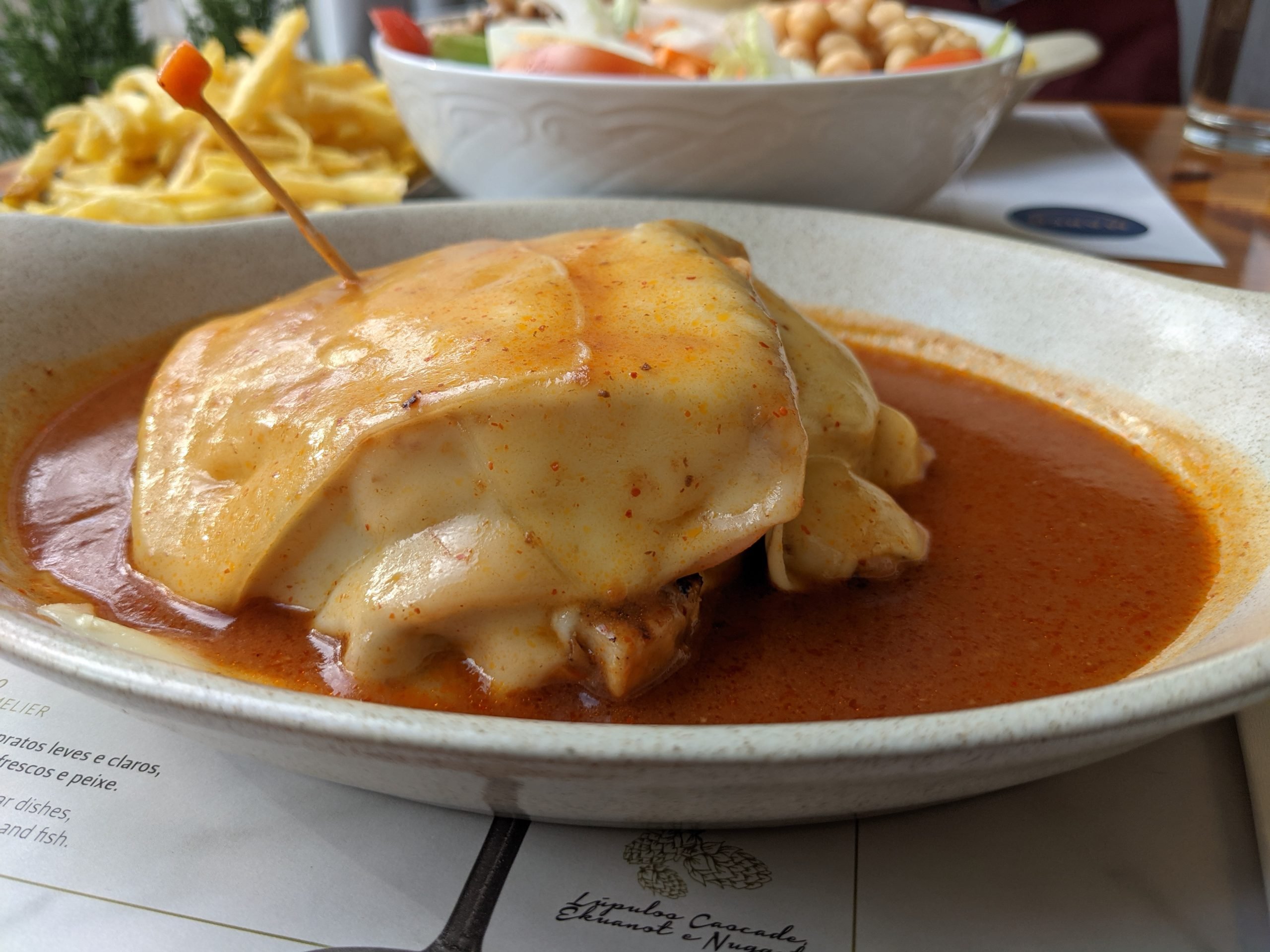
Which Came First?
Answer – The pastel de nata came first.
The pastel de nata was created by monks centuries before the Francesinha appeared in the mid-20th century. The custard tart represents Portugal’s sweet side, while the Francesinha showcases its hearty, savory side. Both have become icons of Portuguese cuisine, but the pastel de nata is the clear winner here.
Thank You for Playing
If you got them all right, congratulations! You know your Portuguese culture. If you missed a few, don’t worry, you’ve just learned some fun facts about one of the most fascinating countries in Europe.
Thank you for playing along and testing your knowledge. Portugal’s culture is full of surprises and fascinating stories. Until next time, keep exploring and keep learning! Muito obrigada!

